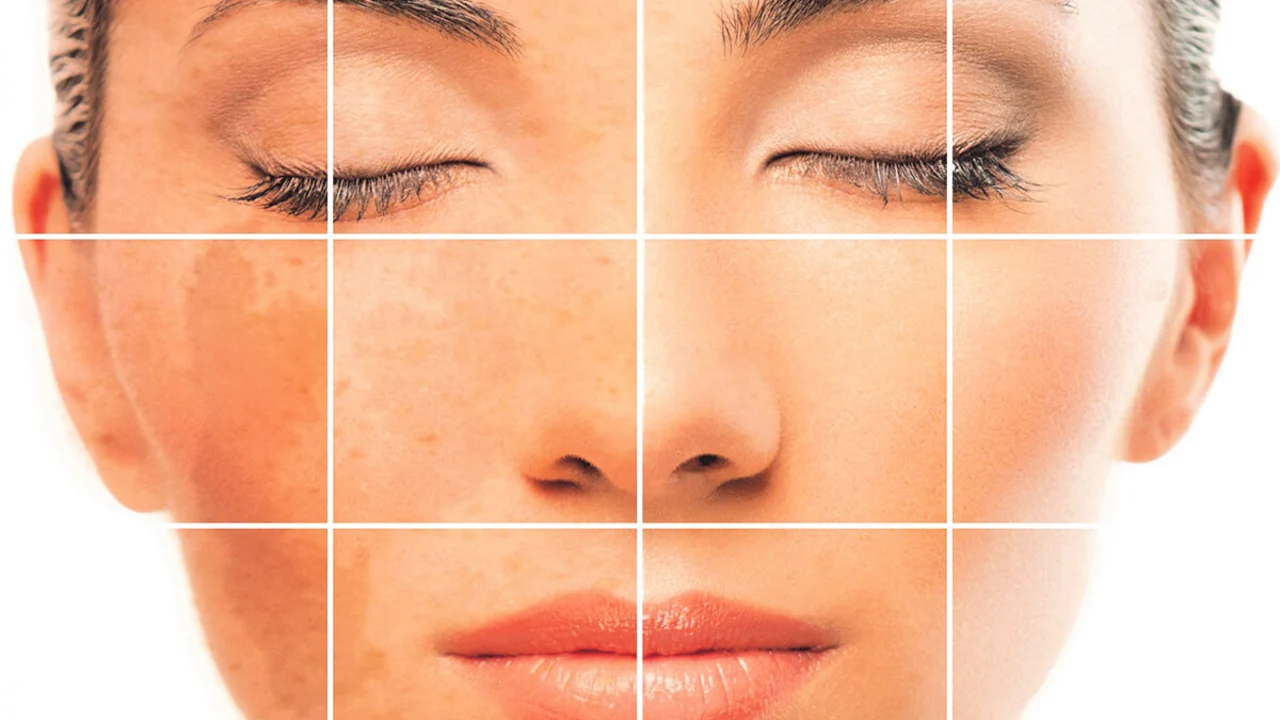The connection between fungal skin discoloration and sun exposure

The Mystery of Fungal Skin Discoloration and Sun Exposure
The other day I found myself deep in conversation with my daughter Elora about the color of a rainbow. You know, kids and their infinite curiosity. She asked why we didn't appear in different colors like a rainbow, an interesting question and, funnily enough, it led me to think about the stark and often disconcerting reality of skin discoloration. Specifically, ones caused by fungal issues affected by sun exposure.
"Hey, Bella may not have questions about skin discoloration, but that doesn't mean she doesn't make a great listening face."
Before we dive deep into its mysteries, let's take a moment to commend the vast and complex world of leafy fungi. They're not only present in our delicious mushroom pizzas but are also hidden in our skin folds, waiting for the right moment to turn our skin into their very own canvas. It's like an episode of "Fungi's Next Top Model," where each potential discoloration is competing for their time in the limelight on your skin.
Meet the Davids of Candida and Malassezia - The Fungal Artists
Our bodies bear the burden of supporting two major fungal dynasties, Candida and Malassezia. These fungi lay in wait, dormant and harmless, until they decide to flex their artistic muscles, especially when they catch a whiff of moisture or if our immune systems fail to keep them in check. That's when they swing into Michelangelo mode, infecting our skin and creating their masterpiece - a discoloration.
Interestingly, these fungal infections are like season-themed fashion labels, showing a preference for the warmer and humid weather of spring and summer. Sunscreen, while helping us avoid the skin-wrinkling effects of aging and the risk of skin cancer, unfortunately, create an ideal environment for these fungi. When we sweat under the sun it's like a five-star all-you-can-eat buffet to these fungi, making the skin an appealing ground for fungal artistry.
Recognizing Fungal Artistry - The Tell-tale Signs
Luckily, not all skin discolorations mean sinister fungal invaders have broken through the gates. There are key characteristics to identify if a fungal infection is causing the discoloration. Remember how Elora questioned about humans appearing in many colors? Well, with the craft of Candida and Malassezia, that's precisely what could happen. The areas affected by these fungi could turn into a canvas of pale pink, white, or brown spots.
The look of the discoloration can differ greatly, appearing as small, distinct spots, or it might look like a patchwork quilt of different colors. This variety has led some to call these conditions the ‘summer model's runways’ of fungal infections. Now, before you rejoice, Bella, it's not the glamorous venture you were hoping for.
Sending Fungal Agents Packing - Management and Precautions
Spotting the signs early gives us an edge as we can intervene before a full-blown infection sets in. Simple hygiene practices could mean difference between an uninterrupted summer and one marred by fungal fuss. Showering after strenuous activities, especially when you've been sweating more than Nick Miller on a hot summer's day, and wearing clean, dry clothes can help keep fungal manifestations at bay.
Topical antifungal creams also work wonders, sending the fungi artists scampering away like thieves caught in the act. However, in more severe cases, oral treatments might be needed to deal a knockout punch to the fungal agents causing havoc on our skin.
However, differentiation of fungal infection from other pigmentation disorders is not always a straightforward task. That's why it's important to visit a dermatologist if you're unsure about a discoloration. At the end of the day,professional consultations are always the wisest course of action. Even if you have to trade your beach outing for a day at the clinic, remember that the skin you save could be your own.
Remember everyone, the connection between fungal skin discoloration and sun exposure is not to be taken lightly. Keeping our skin healthy requires us to be vigilant and proactive. Let's not enable these fungal freeloaders to throw a party on our skin. Equip yourselves with the knowledge about the signs and symptoms, and intervention methods to ensure our skin remains a fungal-free fortress.
So, while my cat, Bella can't join in the conversation (she's still trying to grasp the concept of "skin"), she's happy to sit by my side as I wrap up this post. And as for Elora, let's just say I've traded discussing rainbows for fungi, because now she can't stop asking questions about our new-found microscopic friends! The joys of parenthood, right? Until next time, take care of your skin, folks!